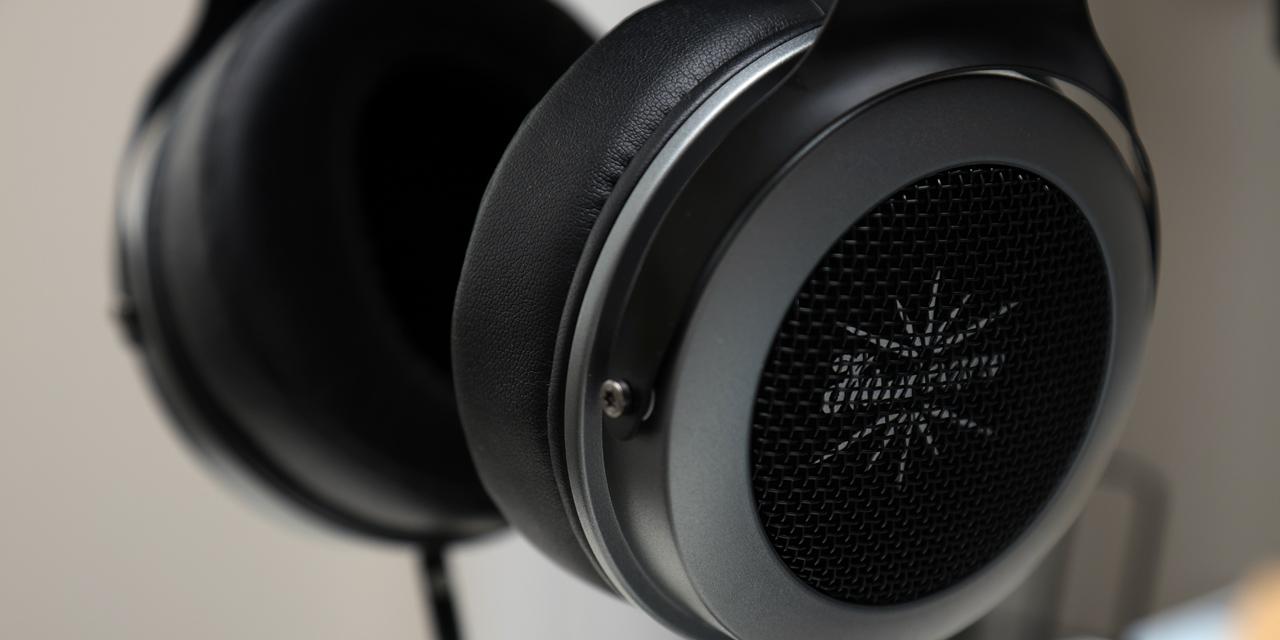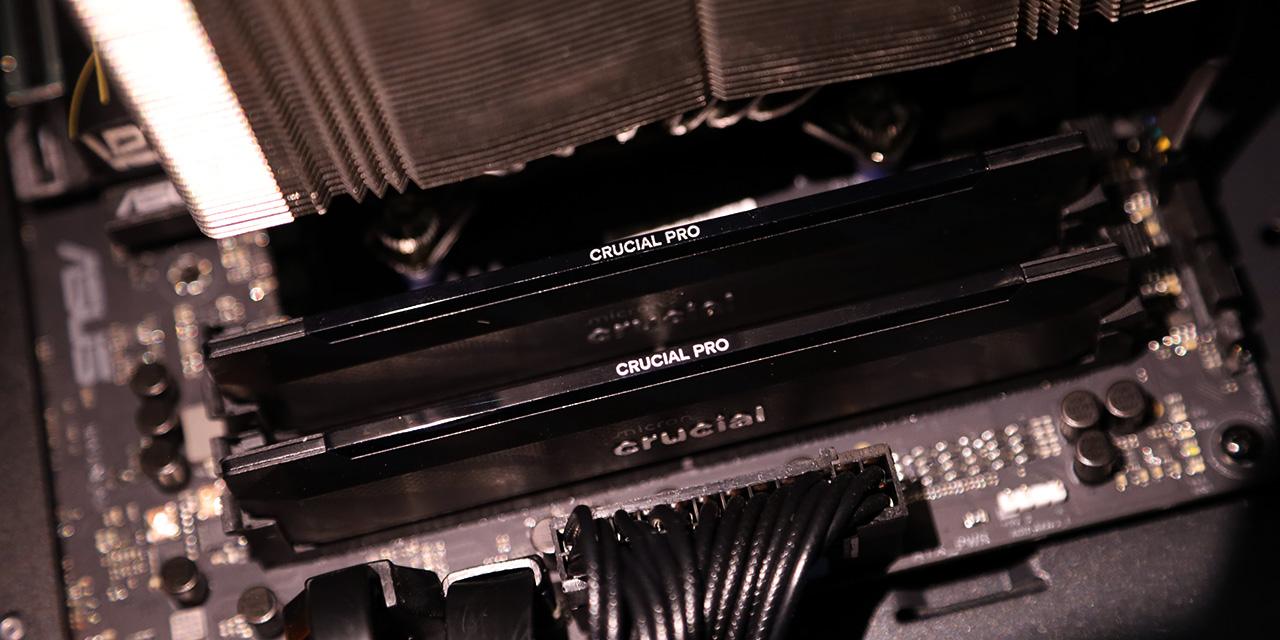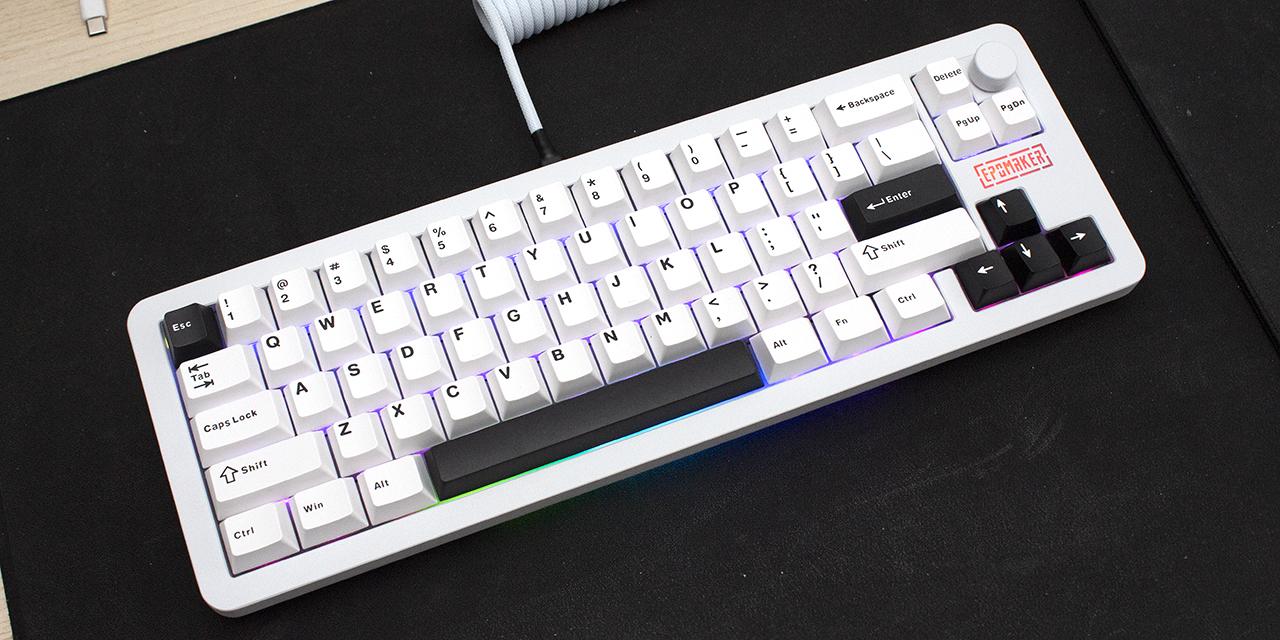Page 2 - Physical Look - Hardware

The be quiet! Pure Rock Pro 3 we have is silver in color, but there is also the option for a black color version at a slightly higher cost. At the top of the heatsinks are plastic black plates protecting the aluminum fins. The surface has an elevated area with the be quiet! logo printed at the center. There is also a groove on the edges of the plate to add more interest to the design. As for the mechanism to attach the fan to the heatsinks, clips will hold the two parts together. The clips for the front and middle fan look similar at first, but when stacking the two on top of each other, I noticed the one for the middle fan is larger.

Considering the dimensions of the Pure Rock Pro 3, it falls into the common category of 120mm coolers, which should fit in most mid-tower ATX cases. It measures 139mm in length, 124mm in width, and 155mm in height including the fans. I counted a total of 100 aluminum fins after a few attempts. They are mostly separated 2mm from each other with some slight deviations. I calculated the total surface area of the fins to be about 0.98m2 with some rough measurements, ignoring the thickness. Looking between the fins, the six heat pipes connected to the contact plate pass through each heatsink tower. The total weight of the Pure Rock Pro 3 is 1070g, which is lighter than I expected, considering it is a dual tower cooler.

As for the fans used, the Pure Rock Pro 3 utilizes two be quiet! Pure Wings 3 120mm PWM HS fans. These 9-blade fans are rated to have a maximum airflow of 59.6 CFM and a maximum air pressure of 2.41 mmH₂O. The dimensions are 120mm in length, 25mm in width, and 120mm in height. For the internal spinning mechanism, the fans use rifle bearings, which are improved versions of sleeve bearings. These cause the fans to have an expected lifespan of 80,000 hours. Although the expected lifespan is not as high as fluid dynamic bearings of 300,000 hours typical, its simpler design reduces the overall cost. The maximum sound produced is expected to be 34.8dBA with both fans attached to the heatsinks, which is a bit louder than whispering.

The Pure Rock Pro 3 comes with thermal paste already applied with a plastic cup covering it even though my picture does not show it. Examining the bare contact plate of the Pure Rock Pro 3 reveals a solid metal base with the heat pipes passing through it. Both the heat pipes and contact plate are made of copper with nickel plating for corrosion protection. Using a solid metal base will have an impact on the thermal performance of the cooler, since solid copper has a thermal conductivity of 401W/mK, while the thermal conductivity of heat pipes can range from the thousands to hundreds of thousands. The nickel plating will further reduce the performance since it has an even lower thermal conductivity of 91W/mK, but the effects should be limited as it is only a thin layer. The benefit of a solid metal base, however, is a more even distribution of heat to the multiple pipes compared to a direct contact design.
Page Index
1. Introduction, Packaging, Specifications
2. Physical Look - Hardware
3. Installation and Test Results
4. Conclusion





